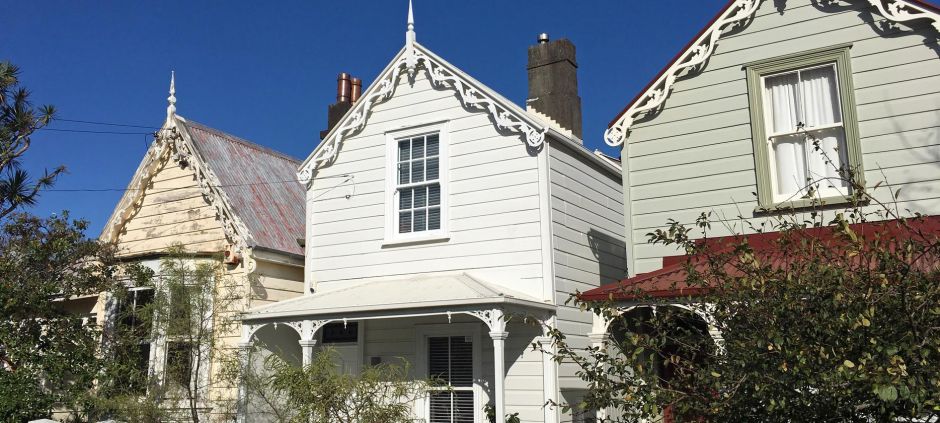Sharply rising interest rates and the large wave of refinancing of existing mortgages that will occur over the next year will test the declining property market, CoreLogic NZ Chief Property Economist Kelvin Davidson says

CoreLogic’s quarterly market overview confirms that the slowdown of sales activity in the first quarter of 2022 has flowed through to a marked decline in property values and was one of many challenges to hit the market.
The total value of residential real estate fell to $1.69 trillion at the end of Q2 2022, down from $1.73 trillion at the end of 2021, with mortgages secured against 20% of that value, and the other 80% is household equity.
It had been a weak start to 2022 for sales activity and a significant drop in volumes had allowed time for the stock of listings to be replenished but had shifted the balance of power in favour of buyers.
As yet there hasn’t been an abnormally large rise in new listings flows, but this is certainly a risk we’re keeping an eye on as financing costs continue to increase and the returns on other assets rise too.
The sharp post-COVID upswing in values has now given way to a firm correction, and the falls already seen to date have been spread across most geographical areas and price brackets. It’s possible the national average property value will ultimately drop by -10% to -15% by the middle of 2023, which broadly suggests we’re potentially halfway through this correction in both duration and scale.
Sales volumes
It’s been more than a decade since a similar drop in sales activity was recorded. Days on market had also increased as buyers hold the balance of power with plenty of stock to choose from.
The rest of 2022 and into 2023 looks set to remain a testing time for market activity levels.
The economy remains a little fragile, net migration could stay relatively subdued, even as the borders fully reopen, and on top of that, credit conditions remain restricted and mortgage rates continue to rise. All of these factors point to further downwards pressure on property sales.
As the Credit Contracts and Consumer Finance Act (CCCFA) rules ease, more people may be able to access credit and enter the market, however it’s unlikely to move the needle significantly, with 2022 total sales projected to be around 78,000, down from 94,000 in 2021.
Values
New Zealand’s property values have fallen for three consecutive months to an average of $1,018,770, down -2.3% from the peak, with annual growth rates slowing to 12.4%.
There are multiple reasons contributing to a slowdown in values, these include more listings, a shift in pricing power towards buyers, a tighter mortgage lending environment, and sharply higher interest rates.
This weaker phase for the property market looks set to continue into 2023, and even when the floor is reached, the experience of the Global Financial Crisis (GFC) was that it took another two to three years for the next upswing to start as values plateau.
Lending
Reserve Bank (RBNZ) aggregated mortgage lending data showed a weak level of activity in May. The total value of gross lending – which covers new loans but also top-ups and refinancing – was $6.8 billion, down -23.6% or -$2.1 billion from the same month last year. The number of loans being written in recent months has fallen further, reflecting weakness for both owner-occupiers and investors.
Buyer Classification
CoreLogic’s Buyer Classification figures indicate first home buyers and mortgaged multiple property owners remained relatively subdued in the past few months, due to stretched affordability, low gross rental yields, tighter credit conditions and higher mortgage rates.
Outlook
Inflation rates, economic health and the official cash rate (OCR) will be key influences on New Zealand’s property market in the next 18 months. Recession risks are still prevalent and any signs of rising unemployment will have an adverse impact.
Should the economy start to feel the pinch of tighter monetary policy sooner than the RBNZ expects, the OCR may not need to go all the way to 4%, which would also tend to limit the peak for mortgage rates.
That said, offshore rates also matter too, and the key point is that mortgage rates are still likely to have further to rise yet.
Overall, the property market is clearly in a very different phase than we’ve seen for several years, with sales volumes low and values falling outright. Provided unemployment levels remain low in the range of 3 to 4% the market should stay in a correction phase rather than moving into a serious slump.









